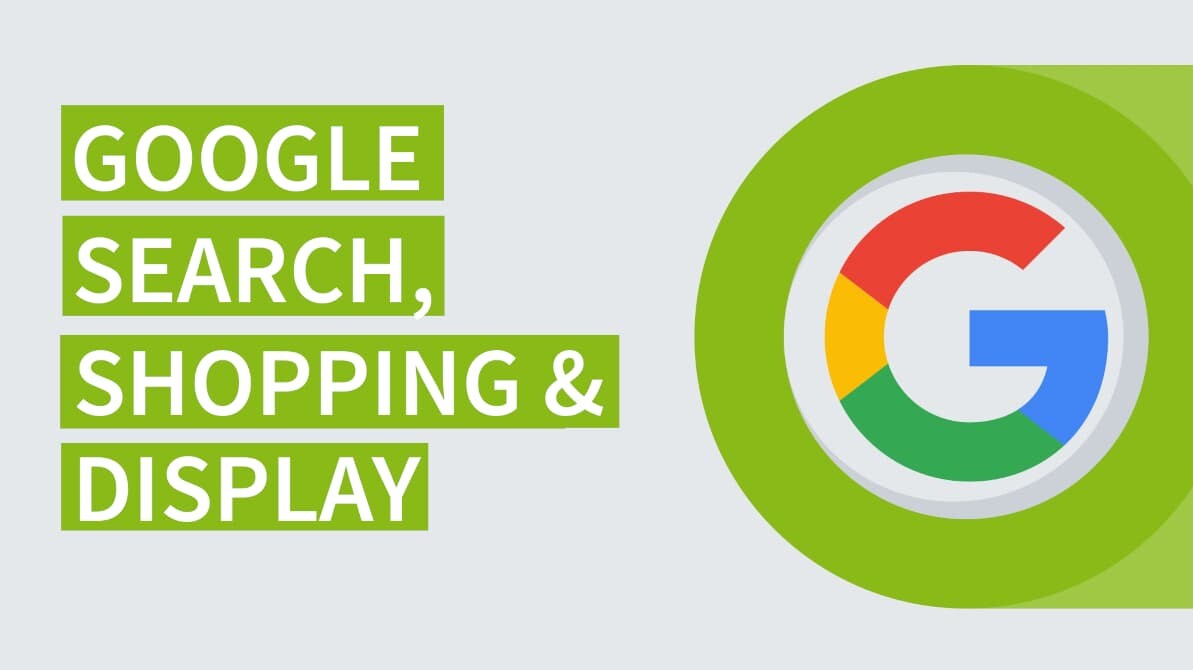Google Ads can be placed in different networks: in search engine results as traditional ads, highlighted as shopping ads or as display ads on various websites. What the difference is between these advertising options with Google is explained below.

Compare and contrast: what is the difference between Google’s advertising networks
Advertising companies are relying more and more on the search engine giant Google to sell their products and services. In 2020, the corporation earned some 123 billion euros with advertising – more than ever before and more than double compared to 2015. To cater to the individual goals of customers, Google offers various campaign types. The most significant are search campaigns (Google Search), display campaigns and shopping campaigns.
Search campaigns
When it comes to traditional search engine advertising (SEA), companies pay to have their ads shown next to organic search results when Internet users search for certain keywords. The ad is positioned in an eye-catching way at the top or bottom of the results page.
Display campaigns
Using display campaigns, companies rely on (banner) advertisement space which Google makes available throughout the Internet – both on websites as well as on mobile apps and videos. According to the company’s own research, the display network reaches more than 90 per cent of all users. Via Google AdSense, website operators can enter their site into the display network with ease and thus earn money. The ads displayed are visible to potential customers when these match up to the previously defined target group. The average cost per click is much lower than for ads in the search network.
Shopping campaigns
Here is where companies can specifically advertise their products in brick-and-mortar shops and in online shops. In contrast to text-based ads, shopping ads include a photo of the product, the price and the name of the business, amongst others. The data must be uploaded in advance to the Merchant Center. The ads then appear next to or above the well-known results list after a search. What’s more, there is a shopping tab in the top bar and only products appear here. Another difference to traditional search campaigns is that a matching to the search request based on the attributes and product data specifications stored in the Shopping feed (Merchant Center) takes place and no keywords are stored as part of the campaign.
Which campaigns are suitable for achieving which goals?
Before launching an ad campaign via Google, companies should first define the goals they want to achieve – for instance a boost in brand awareness or a growth in conversions. Not every type of campaign is suitable to the same degree for the different goals. In an extensive paid marketing strategy, the three networks can be combined in a way that makes sense. However, if clear goals are defined or the budget is limited, the following criteria are useful to know:
- Search campaigns make sense for increasing website traffic and generating high-quality leads. This is because you speak to the users who have already shown an intention to make a purchase. Companies which do not appear at all or only at the very bottom in Google organic searches can therefore significantly boost their visibility.
- Display campaigns are especially suitable for helping a brand or an entire company gain more awareness thanks to the campaign’s high reach. This is because the ads not only appear when the user searches for the products or services offered, but are automatically displayed when the user visits matching websites. This click rates expected here, however, are rather low, and the scatter loss relatively high. Thanks to the visual components of the display, videos, info graphics or coupons, for instance, can be well marketed. For the relevant niche products, which are often part of the B2B segment, the ads can also be very specifically tailored. In contrast to B2C, B2B has only a few matching standard target groups, who should be addressed based on keywords, competitors’ URLs or topics.
- Shopping campaigns are recommended first and foremost to shop owners who would like to increase the sales of a product. This is because the click takes the potential buyer directly to the online shop. The reputation of Google ensures a comparatively high number of conversions.
